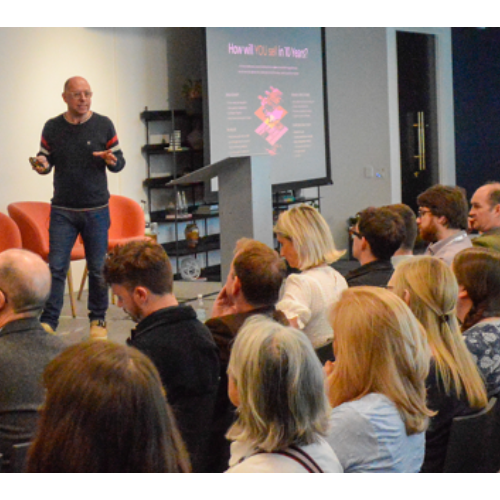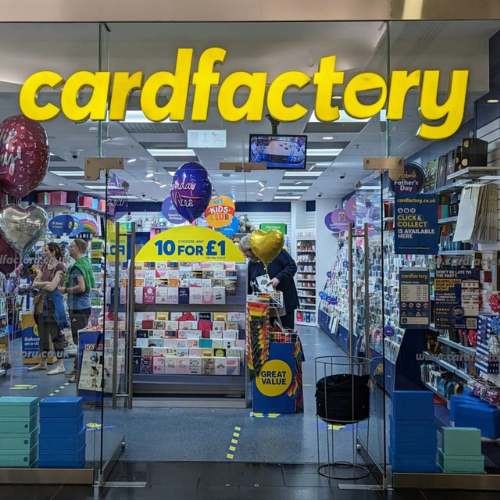At least 15 people were injured in a shock blast during a balloon release held at a function in the Indian city of Chandigarh last week.
A balloon release was taking place at the annual function of the Allen Career Institute when the explosion happened, with around 150 balloons igniting instantly.
Among those injured in the resulting fireball were former students of the institute, who were invited for the celebrations and were holding the balloons when the explosion occured.
“The blast took place at an annual function of a private academic institute… when some former students were releasing gas balloons as part of celebrations,” said a senior police spokesperson.
According to police officials, the incident happened because one of the balloons – which were filled with acetylene to make them float – touched a hot electric light bulb, causing the initial explosion.
It was not clear why the balloons had been filled with acetylene to make them float rather than helium – an inert gas which cannot burn.
John Bowler, BAPIA’s chief executive, commented on the story; “We have seen incidents such as this on a number of occasions but none in Europe that I can recall. It is extremely important that we always use the correct gases to inflate balloons. Balloon gas (impure helium) is designed specifically for inflating balloons to make them float.”
He continues: “A number of balloon professionals also use nitrogen to inflate balloons but this does not allow the balloons to float, it is used as an alternative to air filling, but for longer term balloon displays it is affected much less by environmental factors such as heat and cold (expansion and contraction). At no point should we ever inflate balloons with gases such as acetylene or any other flammable or explosive gas. Always be sure to purchase your gas from a reputable supplier and check the details on the cylinder.”




























